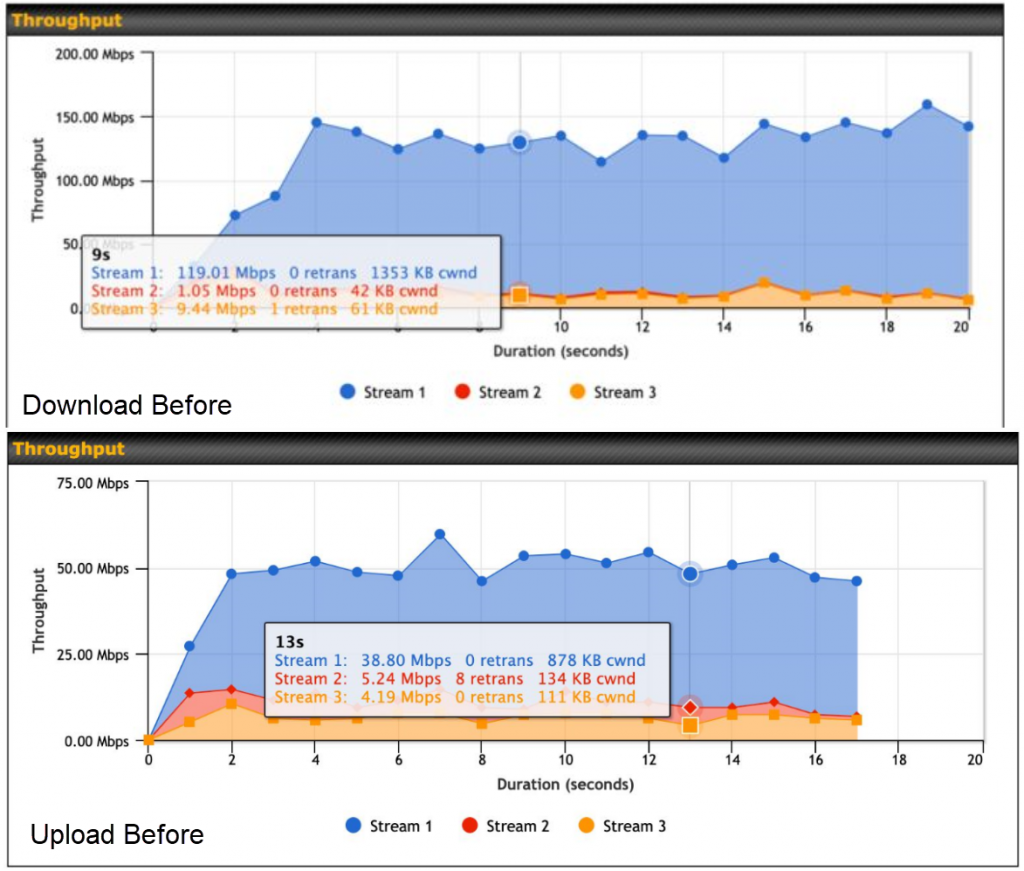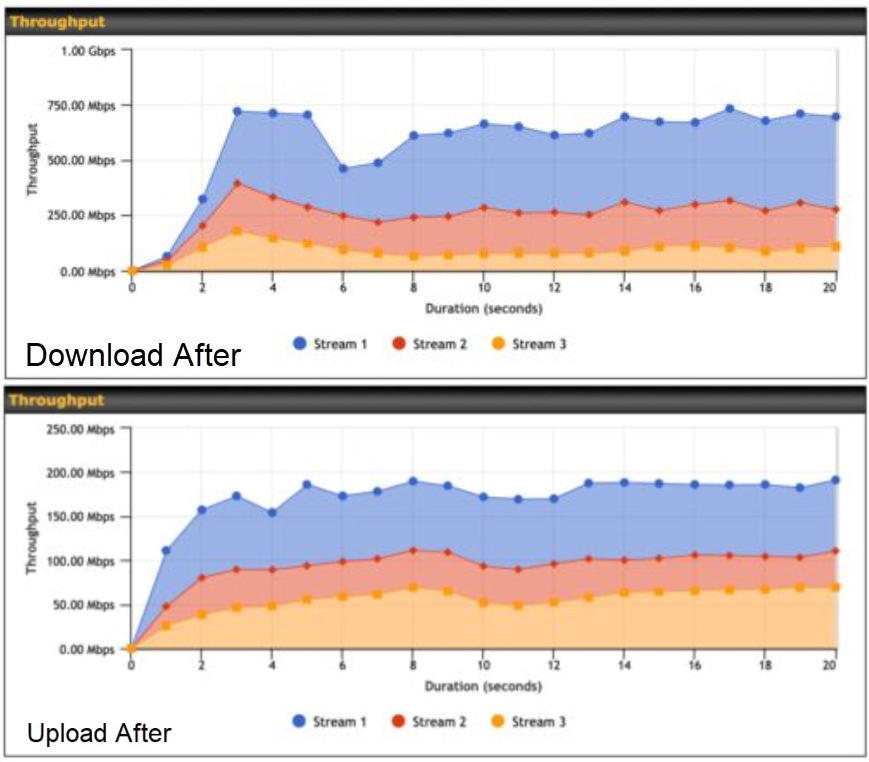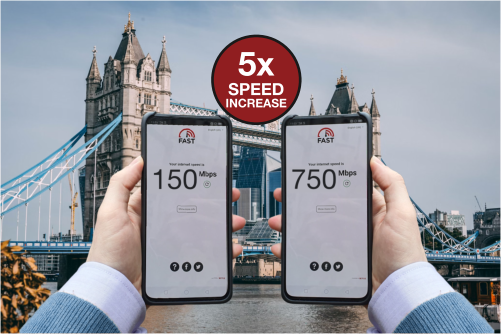There is a popular misconception that cellular coverage is always better in the cities than in rural locations, and it’s easy to understand why. You know, the operators naturally deploy more nodes, more cell towers, more connectivity into urban environments where there is a denser population, workforces, tourists general everyday consumers.
Where they are, that’s your main base as a network operator. So it makes sense to try and service those people there. However, what’s less obvious is how complex it is to provide coverage in a city is particularly one as complicated and old as London, for example. And this is where my story today starts.
I was approached by a Peplink partner who I’ve known for very many years, and they were doing a deployment for a office block in London over bonded cellular. It’s the age old story. The customer was due to move in The following Monday and they’d ordered the fiber, the fiber wasn’t going to arrive.
So they needed a backup internet connection, nothing new there at all. And this partner has been doing these kinds of installations for a very long time. So they’re very, very aware of what they need to do to get good quality connectivity. And they did everything right. They used the best cellular routers that they could find.
And of course that’s Peplink. And they combine multiple cellular providers. So multiple operators, multiple modems, and they were bonding these back to their data center. They do this every day, multiple times a day, nothing, nothing new at all. However, in this particular instance, they were really struggling to get speeds that they were expecting.

And at first it was a little bit surprising. You know, the configuration was, you know, honestly, as I expected it, good cellular bonding, multiple networks. But the throughput just wasn’t there. And it wasn’t until I managed to get them to send over screenshots of the cellular WAN quality that it started to make sense.

Now, what we can see from those graphs is that there was lots of signal. The signal was not the problem. There was a great amount of signal being received on all the modems, but there was very spiky graphing coming off of the, off of each modem. And by that I mean, signal quality was going up and down, the noise was going up and down.
When I inquired, and asked them what sort of antennas they were using, they told me they were using antennas from a very reputable manufacturer, ones they’ve used all the time. They were directional actually, because they were pointing them out of the window. They were multiple stories up inside of this building.
So, Omni’s didn’t make sense for them then, and they couldn’t get it. They said signal strength is great, but it’s just not working. I’ve seen this before, so many times now, that actually, once I’d done the basics and made sure there wasn’t any silly misconfiguration of the hardware, It was actually very easy to sort the throughput problem, and it didn’t require any configuration changes.
It didn’t require any hardware changes. All of the components stayed the same. The only thing they needed to do was to take the routers and the antennas off of the windowsill, off of the desk near the windows. And take them back into the building. What I wanted them to do was to attenuate the signal, the received signal.
I wanted there to be less signal coming into the modems. Because what was happening was that in the area they were installing, there were literally 40 cell towers, I would imagine. or 40 cells from the different operators interlapping frequencies, it was a real RF mess. And being so high up as they were, they were getting reflections from everywhere, undoubtedly.
So, by moving it into the building, particularly with directional antennas, what we saw then was a reduction in noise, a reduction in wasted signal reception. And the modems were able to adjust the frequencies and the which frequencies they were connecting on and get a much cleaner connection to the tower.

And as soon as you were to clean connections tower, you’ve got more bandwidth. That’s exactly what happened here. We jumped from 150 Meg to 750 Mbps down just by moving the hardware back deeper inside of the building. So if you’re ever in a situation. Where you have the world’s best antennas installed, you have the best routers, you have all the configuration set like you would expect to need, and you’re not getting the throughput you expect.
Look for these kinds of, of of signal patterns, this mess of quality and strength and and signals and noise. And if you see that, well then find a way to reduce the amount of signal coming into your device. Thanks.

